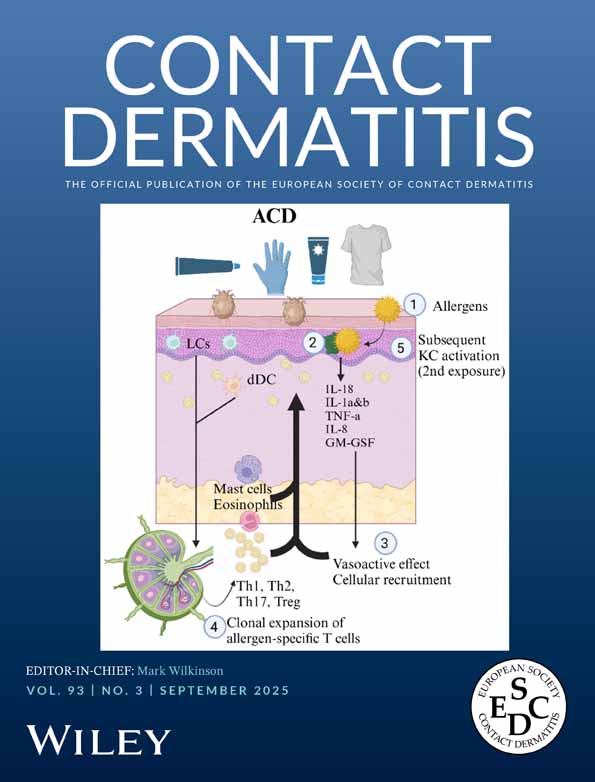Bacitracin: a significant sensitizer in leg ulcer patients?
Abstract
We report the results of patch testing 85 patients with either long-standing venous ulceration or eczema complicating their leg ulcers. As previously reported, lanolin and its derivatives and topical antibiotics were the most frequent sensitizers. However, unlike previously published data, we found bacitracin to be the most potent sensitizer of all topical antiboitics tested. There were no positive reactions in a control group of patients, although we were unable to repeat the patch tests in patients with a positive reaction to bacitracin. In the past 10 years, our department has used a proprietary mixture of potymyxin and bacitracin in treating infected leg ulcers and other dermatoses. It is therefore possible that chronic usage of topical bacitracin on leg ulcers carries a significant risk of contact sensitization.




